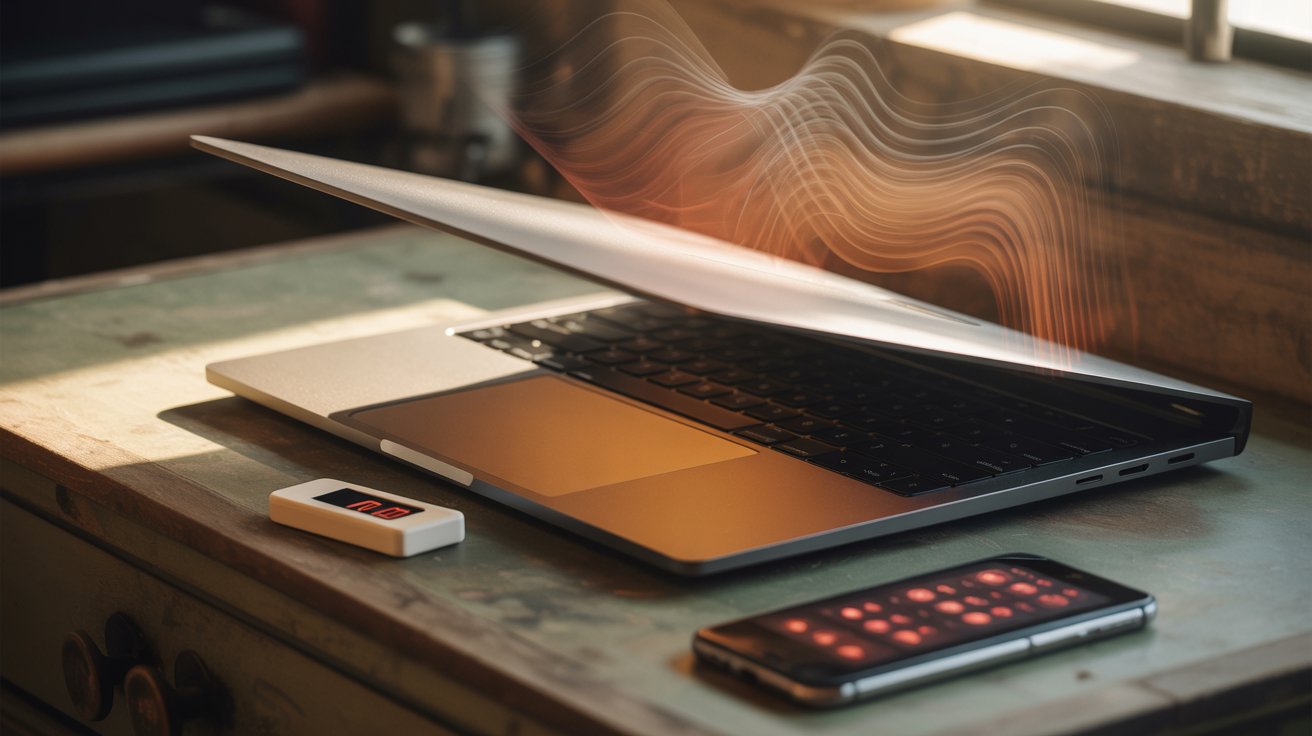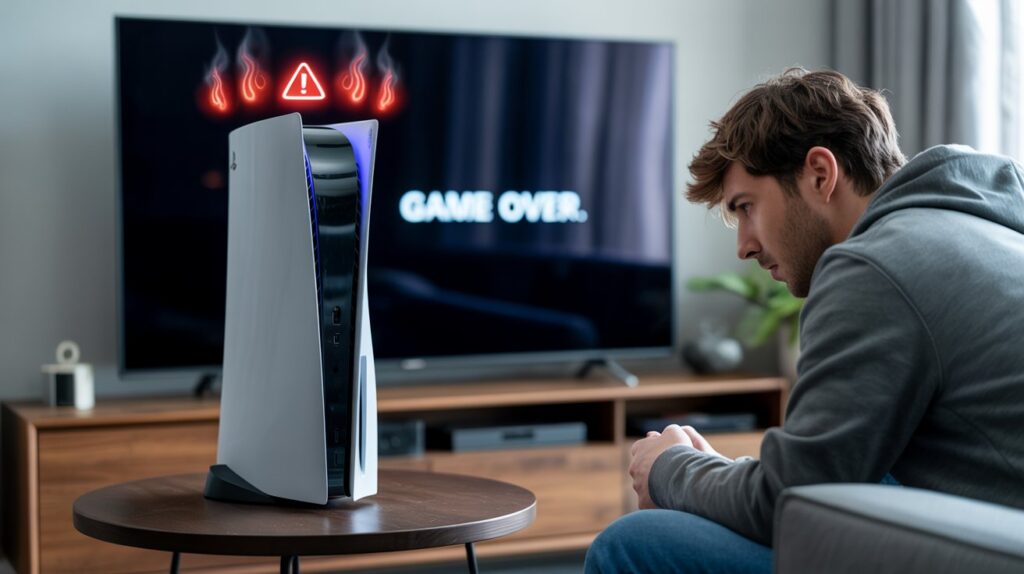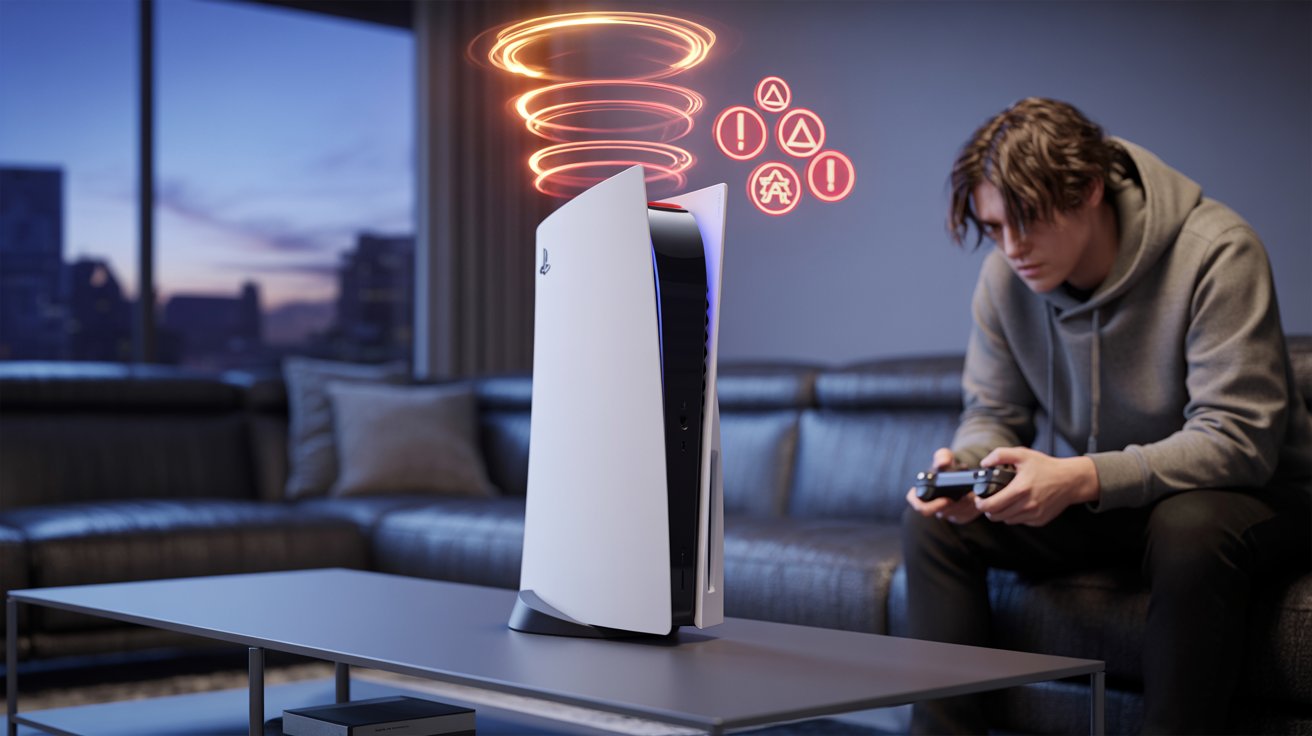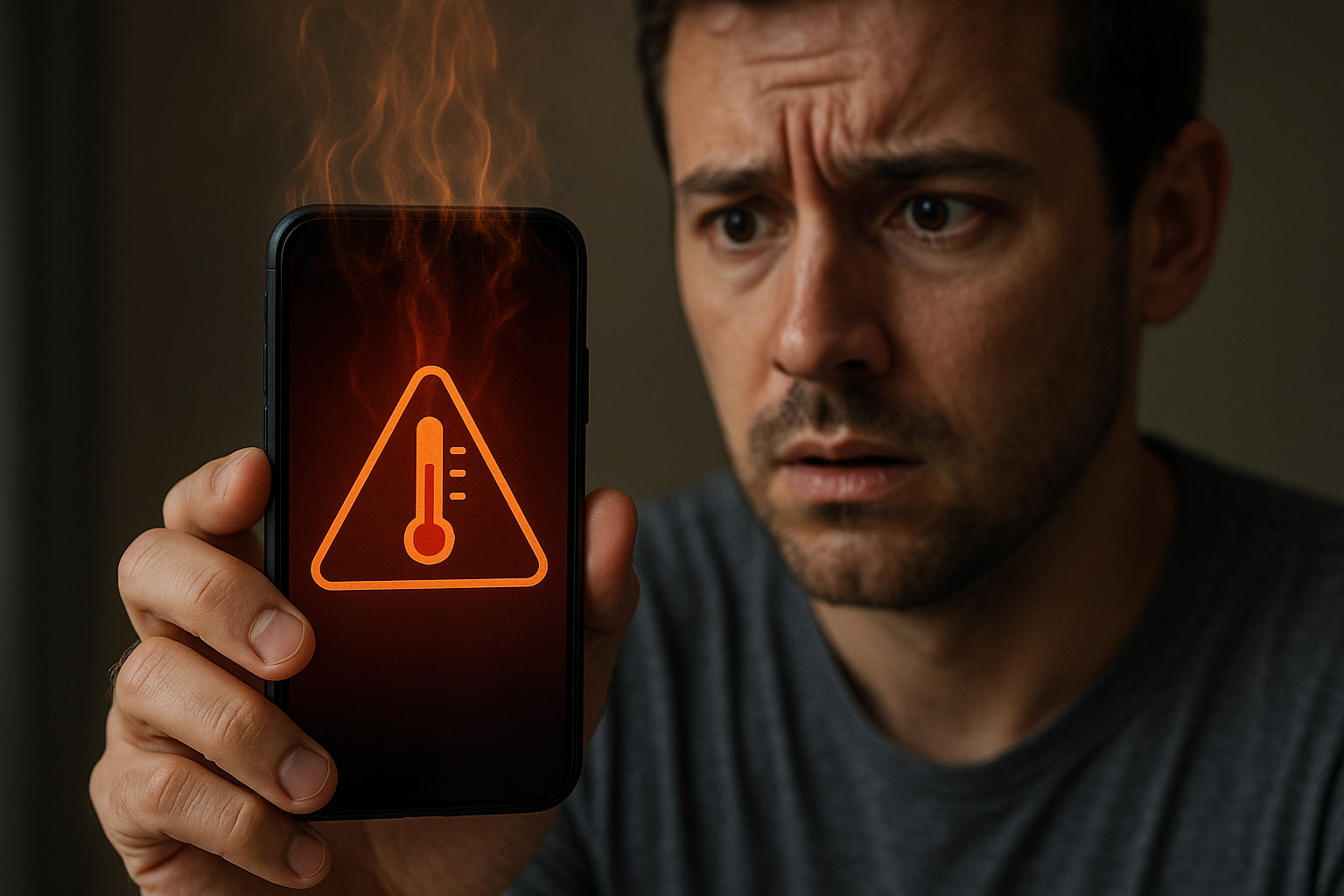Your smartphone suddenly won’t turn on. Your laptop crashes mid-presentation. Your tablet screen goes black without warning. Sound familiar? Electronic devices have become essential to our daily lives, yet many of us don’t understand why they fail or how to prevent these frustrating breakdowns.
Device failures aren’t random occurrences; they follow predictable patterns. Understanding these patterns can save you hundreds of dollars in repairs and replacements while extending your gadgets’ lifespan significantly. Whether you’re dealing with a sluggish computer or a phone that dies unexpectedly, the root causes are often preventable with the right knowledge and habits.
This guide explores the most common reasons electronic devices fail and provides practical strategies to keep your technology running smoothly for years to come.
What Are the Most Frequent Reasons Electronic Devices Fail?
Electronic device failures stem from five primary categories: overheating, electrical issues, software problems, physical damage, and component wear. Each category represents a different type of stress on your device’s delicate internal systems.
Heat-related failures top the list, accounting for roughly 55% of all electronic device breakdowns. Modern devices pack incredible processing power into compact spaces, generating significant heat that must be managed effectively. When cooling systems fail or become blocked, components can literally burn out.
Power-related issues cause approximately 25% of device failures. These range from sudden power surges that fry circuits to gradual battery degradation that leaves devices unable to maintain stable operation. Inconsistent power delivery stresses every component in your device.
Software corruption and malware contribute to about 15% of failures, though this number varies significantly by device type. Computers and smartphones face higher risks from malicious software, while simpler devices like tablets and e-readers encounter fewer software-related problems.
Physical damage and user error account for the remaining 5% of failures. While less common than other causes, drops, spills, and mishandling can instantly destroy even the most robust devices.
Understanding these failure modes helps you focus your prevention efforts where they’ll have the greatest impact.
How Does Overheating Cause Devices to Break Down, and How Can You Stop It?
Heat kills electronics. When components exceed their operating temperature ranges, they begin to degrade rapidly. Processors slow down to prevent damage, batteries lose capacity permanently, and delicate circuits can fail completely.
Why devices overheat: Modern electronics generate heat through normal operation, but problems arise when this heat can’t escape efficiently. Dust accumulation blocks air vents and cooling fans. Aging thermal paste between processors and heat sinks loses effectiveness. Running demanding applications pushes components beyond their thermal limits.
Warning signs of overheating include unexpected shutdowns, performance throttling, loud fan noise, and hot surfaces that are uncomfortable to touch. Your device might also display temperature warnings or battery health alerts.
Prevention strategies focus on maintaining proper airflow and reducing heat generation:
Keep vents and fans clean by using compressed air monthly to remove dust buildup. Position devices on hard, flat surfaces that allow air circulation rather than soft materials like beds or couches that block ventilation.
Monitor your usage patterns. Avoid running intensive applications in hot environments or for extended periods without breaks. Gaming, video editing, and cryptocurrency mining generate enormous amounts of heat that require active management.
Consider your environment. Room temperature affects device performance significantly. Devices in air-conditioned spaces run cooler and last longer than those in hot, humid conditions.
Replace thermal paste in older computers every two to three years. This maintenance task requires technical knowledge but can dramatically improve cooling performance in aging systems.
Can Power Surges or Electricity Issues Destroy My Devices?
Electrical problems pose serious threats to electronic devices. Power supplies expect clean, stable electricity within specific voltage ranges. When the power grid delivers something different, sensitive components can suffer permanent damage.
Power surges occur when voltage spikes above normal levels, even briefly. Lightning strikes create the most dramatic surges, but everyday events like air conditioners cycling on or utility switching also cause smaller surges that accumulate damage over time.
Voltage fluctuations happen when power levels rise and fall unpredictably. Old wiring, overloaded circuits, and utility grid problems all contribute to unstable power delivery that stresses device power supplies.
Complete power outages might seem harmless, but sudden power loss during data writing operations can corrupt files and damage storage devices permanently.
Protection strategies involve creating barriers between unstable grid power and your sensitive electronics:
Install surge protectors with adequate joule ratings for your equipment. Basic power strips offer minimal protection invest in surge protectors rated for at least 2,000 joules for computers and entertainment systems.
Use uninterruptible power supplies (UPS) for critical devices. These battery backup systems provide clean power during outages and automatically shut down equipment safely when batteries run low.
Avoid overloading circuits. Each electrical circuit has limits, and exceeding them creates voltage drops that damage connected devices. Distribute high-power devices across multiple circuits.
Unplug devices during storms. No surge protector offers complete protection against direct lightning strikes. The safest approach is disconnecting valuable electronics during severe weather.
How Do Software Problems and Malware Lead to Device Breakdowns?
Software issues can destroy hardware through several mechanisms. While software exists as code rather than physical components, it controls how hardware operates. Malicious or corrupted software can push components beyond safe limits or interfere with critical system functions.
Malware and viruses often run hidden processes that consume system resources constantly. This increased workload generates additional heat while depleting battery life and stressing processors. Some malware specifically targets hardware control systems, potentially damaging cooling fans or power management circuits.
Corrupted system files disrupt normal hardware communication. When operating systems can’t properly manage power states, cooling systems, or storage operations, hardware components may receive incorrect commands that cause permanent damage.
Outdated drivers create communication problems between software and hardware. Incompatible drivers might cause graphics cards to overheat, storage devices to fail, or network adapters to burn out.
Prevention through software hygiene protects both software and hardware:
Maintain current antivirus protection with real-time scanning enabled. Update virus definitions automatically and run full system scans weekly. Consider premium security suites that include anti-malware and behavioral detection features.
Keep operating systems and applications updated. Software updates often include security patches and hardware compatibility improvements that prevent damage from newly discovered vulnerabilities.
Use reputable software sources. Download applications only from official app stores, manufacturer websites, or verified third-party distributors. Pirated or modified software frequently contains malware designed to steal data or damage systems.
Monitor system performance regularly. Task managers and system monitors can reveal suspicious processes consuming excessive resources. Address performance problems quickly before they cause hardware damage.
In What Ways Does User Error or Mishandling Contribute to Device Failure?
Human factors play a significant role in device longevity. How you handle, store, and maintain your electronics directly impacts their reliability and lifespan.
Physical mishandling includes obvious problems like drops and spills, but also subtler issues like excessive pressure on screens, yanking cables, or forcing connectors into wrong ports. Modern devices are remarkably durable, but they have limits.
Environmental exposure damages devices gradually. Leaving electronics in hot cars, using them in dusty conditions, or exposing them to humidity can cause long-term problems that aren’t immediately apparent.
Improper charging habits accelerate battery degradation and can damage charging circuits. Overcharging, using incompatible chargers, or exposing batteries to extreme temperatures reduces their capacity and safety.
Neglected maintenance allows problems to compound over time. Dust accumulation, software bloat, and aging components all contribute to decreased performance and eventual failure.
Developing better habits significantly extends device life:
Handle devices gently and use appropriate protective cases. Screen protectors and cases add bulk but prevent expensive damage from everyday accidents.
Store devices in appropriate environments. Avoid extreme temperatures, direct sunlight, and high humidity areas. Consider climate-controlled storage for devices used infrequently.
Follow manufacturer charging recommendations. Use original or certified replacement chargers, avoid charging in hot conditions, and don’t habitually drain batteries to zero percent.
Establish regular maintenance routines. Clean devices monthly, update software promptly, and monitor performance for signs of developing problems.
Extending Your Device’s Life: A Comprehensive Prevention Strategy
Successful device maintenance requires consistent attention across multiple areas. Rather than waiting for problems to develop, proactive care prevents most common failure modes before they can cause damage.
Create maintenance schedules that address different aspects of device care. Monthly tasks might include cleaning vents and updating software. Quarterly activities could involve deeper cleaning, battery calibration, and performance monitoring. Annual maintenance might include thermal paste replacement for computers or professional cleaning for valuable devices.
Monitor device health indicators that provide early warning of developing problems. Most modern devices include diagnostic tools that track temperature, battery health, storage space, and performance metrics. Pay attention to these indicators and address problems promptly.
Invest in quality accessories that protect and support your devices. Premium cases, certified chargers, and appropriate cleaning supplies cost more initially but prevent expensive damage and repairs.
Build redundancy into critical systems so that single device failures don’t create catastrophic problems. Regular backups, spare chargers, and alternative devices for essential functions provide security when primary devices fail.
Protecting Your Technology Investment
Electronic devices represent significant investments in both money and productivity. Understanding why devices fail and implementing comprehensive prevention strategies can extend their useful life by years while maintaining optimal performance.
The key lies in addressing the root causes of failure rather than simply reacting to symptoms. Heat management, power protection, software hygiene, careful handling, and regular maintenance work together to create an environment where your devices can operate reliably for their intended lifespan.
Start with the prevention strategies that address your specific device types and usage patterns. Focus on the most common failure modes first heat and power issues affect all electronics then address software and handling concerns based on your particular needs.
Your devices will thank you with years of reliable service and fewer frustrating breakdowns.





